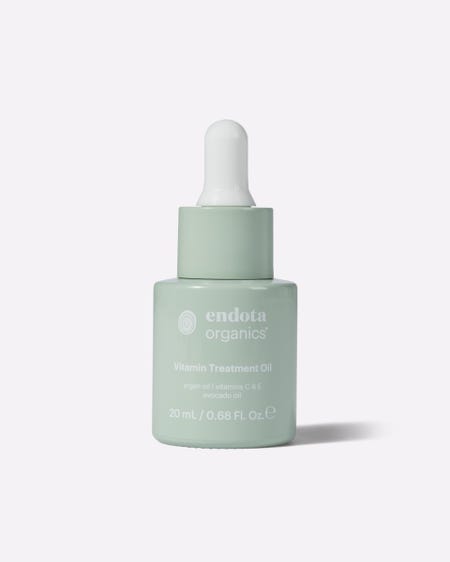Everything you want to know about ‘earthing’, for a calmer, more connected life
How amazing are the healing powers of Mother Earth?
Earthing — or grounding as it’s sometimes referred to — involves walking or standing barefoot on the Earth’s surface to increase energetic frequencies and foster a sense of connection. The idea is that when we make contact with the grass, sand or soil, our bodies are able to absorb its energy and balance out our own electromagnetic fields.
A perfect example is to think of how you feel after an ocean swim. From the moment you immerse your entire body in water, you tend to feel calm, invigorated and at ease. A similar thing happens when we purposefully connect with the Earth — it enables us to stop and appreciate a moment of stillness, on both a spiritual and energetic level.
If you’re looking for a simple (and free) way to foster a more grounded state of mind, earthing might be just the ritual you need. Read on for how it works, and why we at endota believe it’s such a powerful tool for wellness.
How does earthing actually work?
The rationale behind the practice is that the Earth’s surface is negatively charged with free electrons, so when we connect barefoot, we’re able to absorb them and sync with the negative charge (almost as if we were a battery). In a simple sense, think of earthing as a way to make contact with Mother Nature’s electromagnetic field, a way to get onto the same wavelength, so to speak.
What are the benefits?
The ritual of earthing can leave you feeling grateful and at peace instantly, but there is emerging science to suggest it can benefit us not only in the moment, but also in the long term.
According to a study conducted by the Journal of Inflammation Research, regular earthing can work to improve sleep, normalise cortisol (the stress hormone), reduce stress and anxiety, shift the nervous system from sympathetic to parasympathetic and speed up physical wound healing.
Because humans are energetic beings, it makes sense that our own energy is influenced by the energy of the natural environment, and that this promotes a sense of connection and general wellness with regular practice.
How to incorporate earthing into your life
Want to experience the benefits of earthing for yourself but unsure where to start? The great news is that it doesn’t need to be a complicated task. Here are some suggestions to help you get started.
Forest bathing
Forest bathing is a similar wellness practice that involves immersing yourself and all of your senses in lush green environments, such as a forest. The idea is that this works to reduce stress and combat burnout — all common symptoms of today’s hustle culture. Next time you find yourself on a hike, a bushwalk or simply surrounded by trees, take off your shoes and let your feet settle into the ground, taking notice of how you feel all over.
Barefoot beach walks
This might already be a part of your lifestyle, but barefoot beach walks are another way we love to practise the art of earthing. Next time you find yourself at the beach, take a few moments to really think about your feet pressing into the sand. Even better? Squeeze in a quick dip if you can!
Pair it with exercise or meditation
Another simple way to ground yourself is to incorporate earthing into your daily workout or meditation. Take your yoga flow outside, perhaps, or find a quiet, grassy place in the yard to meditate. We have several workout and meditation options on the endota Retreat, all of which can be taken outside as part of your daily grounding ritual.
Want more wellness inspiration? Read our tips on guided meditation and how it can shift your mindset right here.
Article sources: Oschman JL, Chevalier G, Brown R. The effects of grounding (earthing) on inflammation, the immune response, wound healing, and prevention and treatment of chronic inflammatory and autoimmune diseases. Journal of Inflammatory Research. 2015; 8:83-96. Published 2015, Mar 24. doi:10.2147/JIR.S69656.





